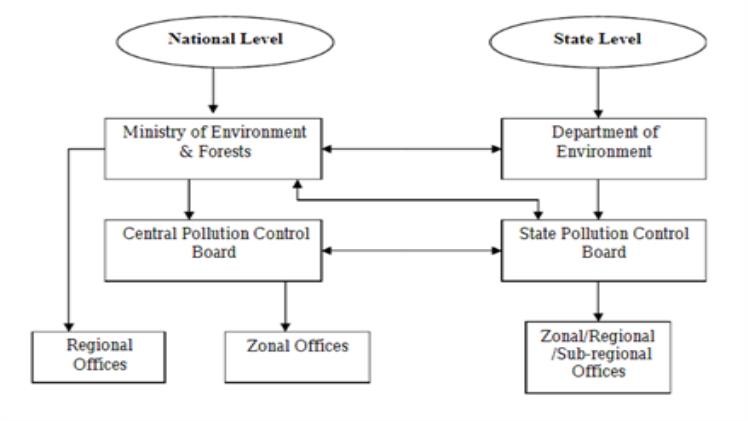Environmental Policies and Regulations at the Local Level

Environmental policies and regulations encompass a multitude of issues, such as air quality, water quality, waste management, land conservation, chemical spills, drinking water quality, wildlife protection – just to name a few. Some federal and state policies regulate private actions while others aim to reduce risks to public health and the environment.
Eco-Economics as an Economic Tool
Ecoeconomic analysis is invaluable when creating environmental policies, which must balance costs and benefits while considering other policy objectives. Economics provides a framework to analyze risks involved with policies and determine if they’re worth pursuing. Furthermore, economics helps avoid inaccurate conclusions or suboptimal outcomes that can occur when policies are designed without taking into account all relevant costs and benefits associated with that particular decision.
Motivations for Local Action at the Local Level
One of the primary motivations local governments act or adopt policies is to maximize their residents’ welfare, either directly through direct benefit and/or indirectly through reduced harm to the environment (e.g., through reduced pollution in water, land and air). This sentiment holds particularly true for policies intended to achieve localized public goods such as clean drinking water or improved land use practices (Oates Reference Oates, List and deZeeuw2002; Stern, Dietz, Abel, Guagnano & Kalof 1999).
Other reasons local governments create or adopt environmental policy are linked to citizens’ capacity for influence over decisions made at their level. This is particularly true of jurisdictions with vibrant communities, which can have a considerable effect on local government decisions due to their larger bases of support from outside sources that might motivate officials into passing regulations.
Thirdly, local governments often act in concert with higher levels of government to implement environmental regulations. When interjurisdictional relationships are prevalent – such as nonpoint source water pollution – local governments have the capacity to exert significant influence over federal regulations’ implementation.
State Environmental Policies at the Local Level
States where prosperity relies on oil, timber, mining or other natural resources often prioritize environmental protection and implement robust programs to safeguard and conserve those assets. On the contrary, in states where prosperity relies more on other sectors like manufacturing or services, environmental measures may not be seen as important and are sometimes even weakened or eliminated altogether.
Regulatory Costs and Productivity Losses at the Local Level
Stricter environmental regulations increase production costs by compelling firms to install pollution control equipment or alter their processes. This cost can affect firm decisions about where new plants should be situated or shifting production among existing ones, which in turn decreases productivity. Moreover, environmental regulations discourage investment in new plants while keeping dirty ones running longer than they should.